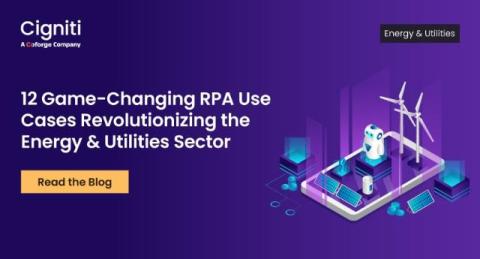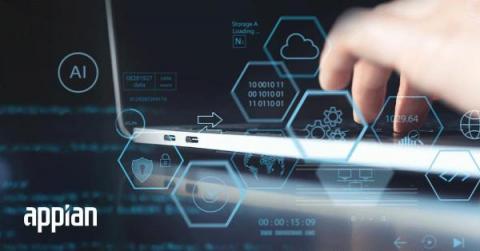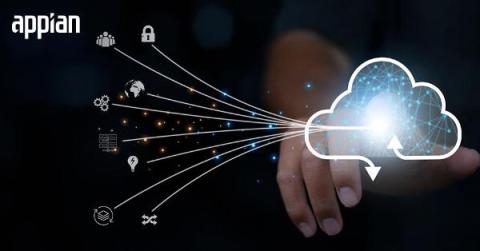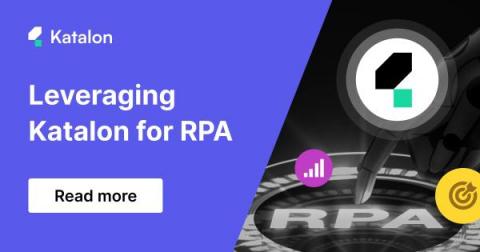Systems | Development | Analytics | API | Testing
RPA
12 Game-Changing RPA Use Cases Revolutionizing the Energy & Utilities Sector
How to Improve Automation with Process Mining and RPA
Where's RPA headed in 2024? 6 Predictions
The 4 Defining RPA Trends to Watch in 2024
In 2024, the robotic process automation (RPA) market will shift due to four major trends. These include (you guessed it) artificial intelligence’s effect on RPA, shifts in the market landscape, changes to RPA’s place in the larger automation landscape, and new data management methods.
Leveraging RPA For Katalon To Improve Testing
Robotic process automation (RPA) is a software system automation approach that employs pre-programmed “bots” to automate manual tasks, typically through a user interface (UI). RPA tools are primarily used to automate business processes that once depended on human resources and were highly repetitive and operational in nature. Many of these business processes are rooted in legacy technology, which often acts as a bottleneck due to its outdated nature.
RPA in Procurement: How to Enhance the Government Acquisition Process
Robotic process automation (RPA) refers to the use of software robots, or "bots," that mimic human actions to automate repetitive tasks within business processes. RPA technology can interact with applications, systems, and data sources to automate procurement tasks such as data entry, document processing, and report generation.
Business Process Automation (BPA) vs. Robotic Process Automation (RPA): What's the Difference?
Business process automation (BPA) refers to the use of computer systems and software to automate business processes or tasks. These days, many people simply refer to BPA as process automation: a set of tools that automates entire business processes, end to end. Robotic process automation (RPA), on the other hand, is a single part of a process automation toolset. RPA fits into a process automation strategy by automating repetitive tasks within a process.
RPA vs. Hyperautomation: What's the Difference?
Have you seen the efficiency gains you’d hoped for from your investments in task automation tools like robotic process automation (RPA)? Despite prioritizing automation efforts, many IT leaders still lack the tools for broader, end-to-end process automation—or as Gartner calls it, hyperautomation. If you’ve found yourself grappling with numerous disconnected islands of automation, where do you go from here?
Is RPA a Self-Defeating Automation Strategy?
So, did you invest in RPA? Did you buy into the dream of automation? How's it going? Are your bots running at 100% reliability and delivering amazing ROI? Or are you fighting bot breakdowns and struggling to justify the expense of costly RPA bots with poor reliability?











